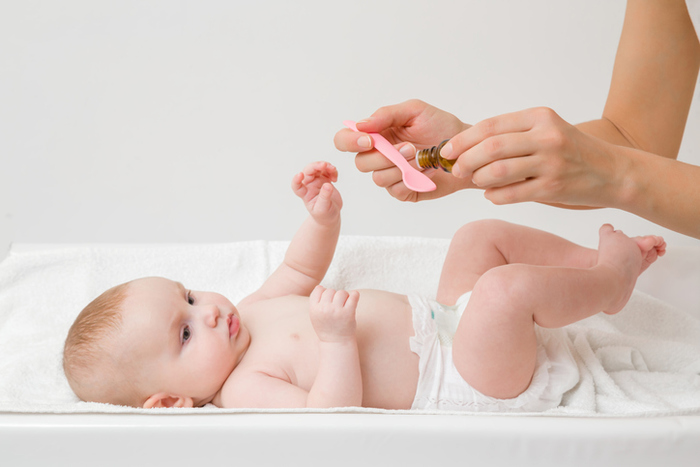In summer, when the temperature rises, a child’s diaper can become a real “heat bomb” which can irritate the skin of the little ones which, especially in the first months of life, is extremely delicate, causing redness and irritation. In fact, with the heat, the risk of dermatitis due to diaper rubbing doubles. Maria Giuliano, president of the Italian Society of Pediatricians (Simpe) Campania and author of a research on diaper dermatitis, warns of the arrival of the summer season.
“Diaper dermatitis is an inflammation due to certain substances contained in urine and/or feces that irritate the skin – explains Giuliano -. The humidity and friction generated by the diaper lead to maceration of the skin, making it more vulnerable to penetration of microorganisms and irritating substances.The diaper is partly made of plastic and when the external temperature is very high, as happens during the summer, with exposure to the sea, sand and perspiration, the risk of the onset of dermatitis In some cases, especially in the phase of dental eruption, which can lead to an increase in the acidity of the urine, or when the inflammation is neglected, the dermatitis can worsen and bacterial and fungal super-infections can occur, such as those by Staphylococcus aureus or Candida auris”. A new research by Simpe Campania, presented in Naples on the occasion of the SIDeMaST congress, demonstrated the efficacy of a compound, a combination of wheat extract and polyhexanide, a powerful antiseptic, in healing the skin and preventing over-infections. The research involved 26 children, 13 boys and 13 girls under 4 years of age, affected by dermatitis due to diaper friction.
“All the young patients were treated with the new compound. At the end of the therapy – comments Giuliano – a complete resolution of the lesions was recorded in all 26 cases with an average healing period of 6 days. Only in one case was the addition of a topical antibiotic is necessary. In view of the increase in temperatures, Simpe experts have created a “baby-saving” handbook dedicated to the protection of children from diaper dermatitis.
1) “Pannolinare” the child if you realize that it is the right moment, that is when the child learns to understand when the bladder is full and to start the contraction of the bladder muscle. Usually the right time coincides with 2 years for girls and 3 years for boys. 2) Increase the frequency of diaper changes 3) Do not abuse wet wipes and prefer to use warm water and a mild detergent to clean and/or refresh the genitals.
4) After washing, avoid rubbing the area dry, but pat it dry with a soft towel. 5) The drying phase is as important as the washing phase: before putting the diaper back on, make sure that the bottom and genitals are dry. Leaving the area damp favors irritation and the proliferation of infectious microorganisms 6) Increase the frequency and dose of applications of soothing creams 7) Provide short or long breaks without a diaper 8) If irritations and dermatitis are very frequent, it is good to try to change the type and/or brand of diaper 9) If the redness and irritation do not improve within two-three days, consult the paediatrician 10) On the other hand, “do it yourself” and in particular the use of creams based on corticosteroids, because they can cause side effects.
